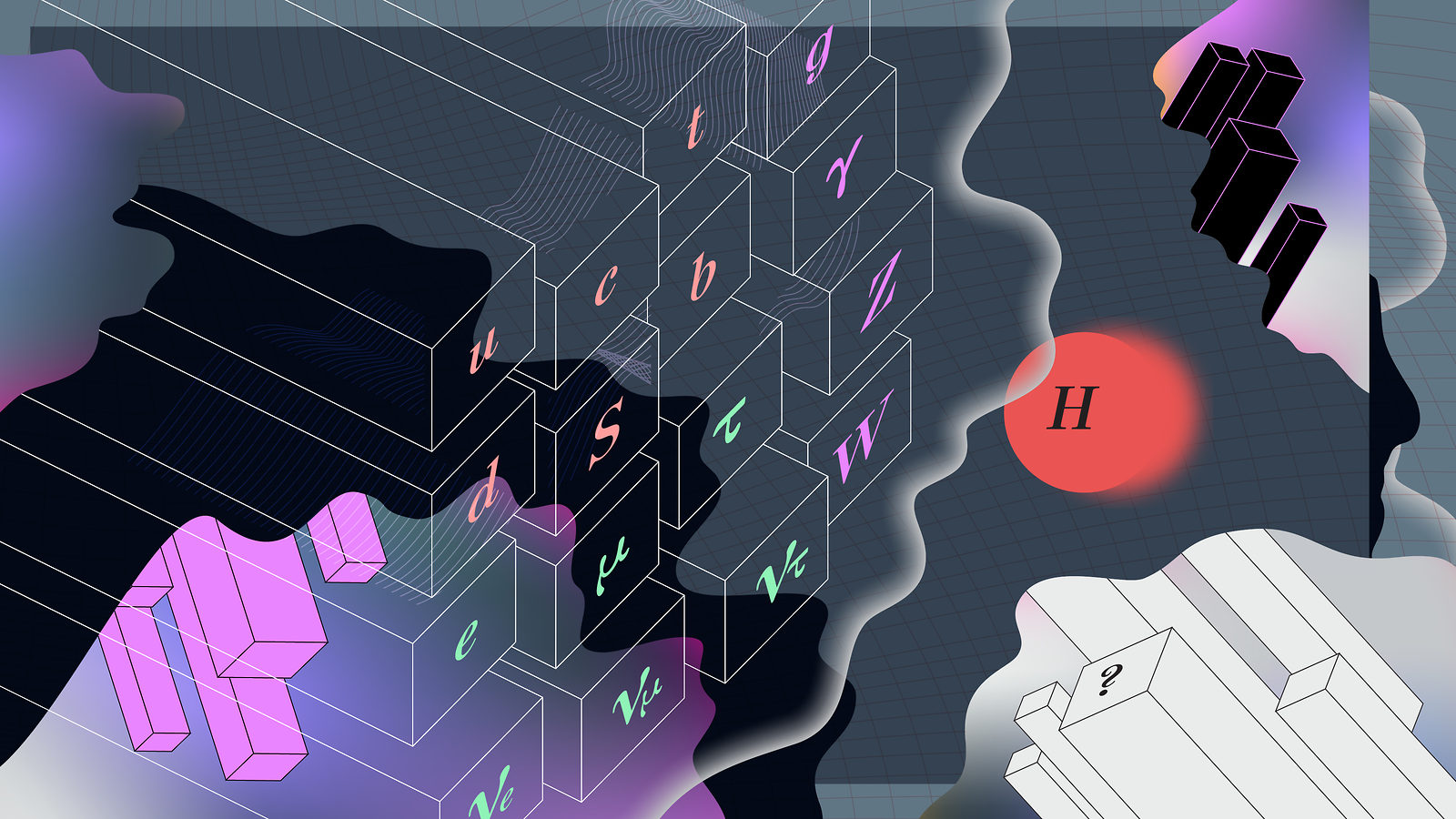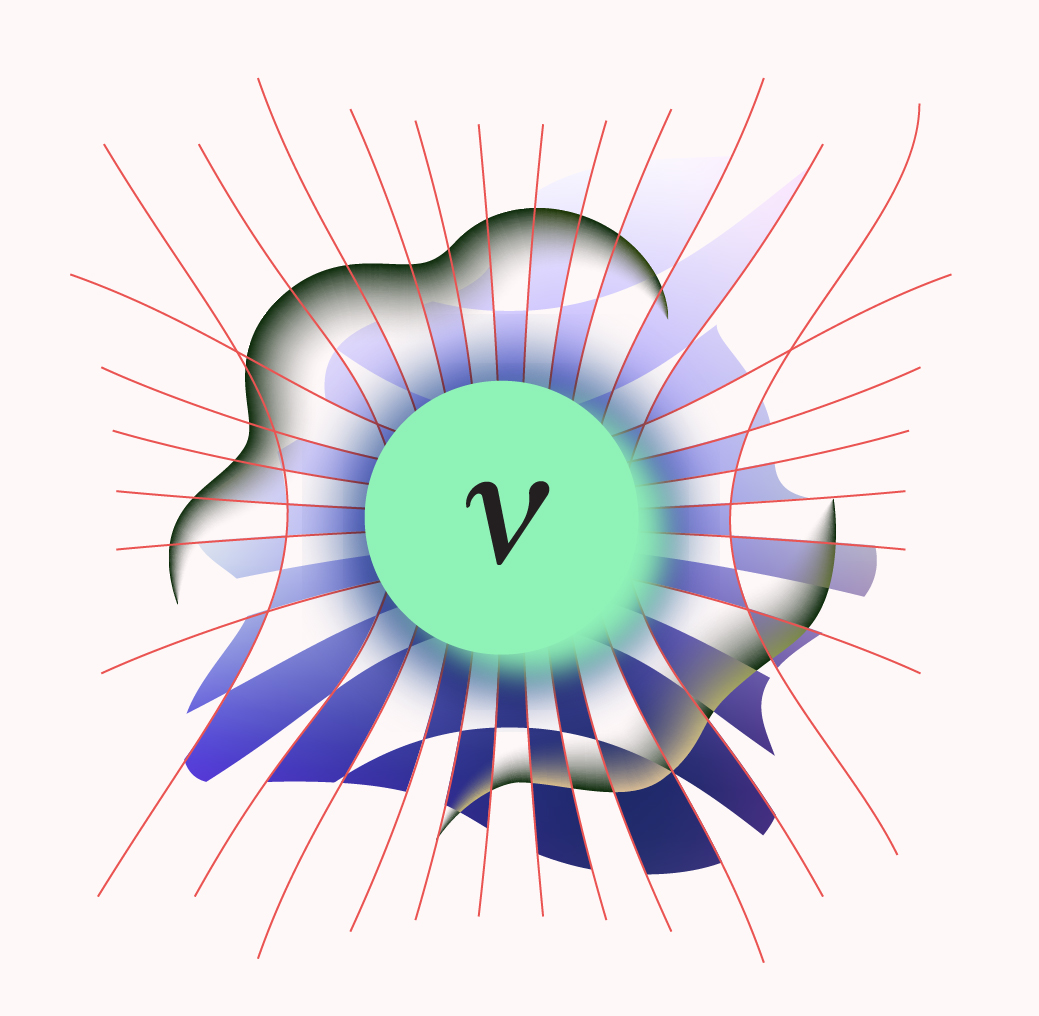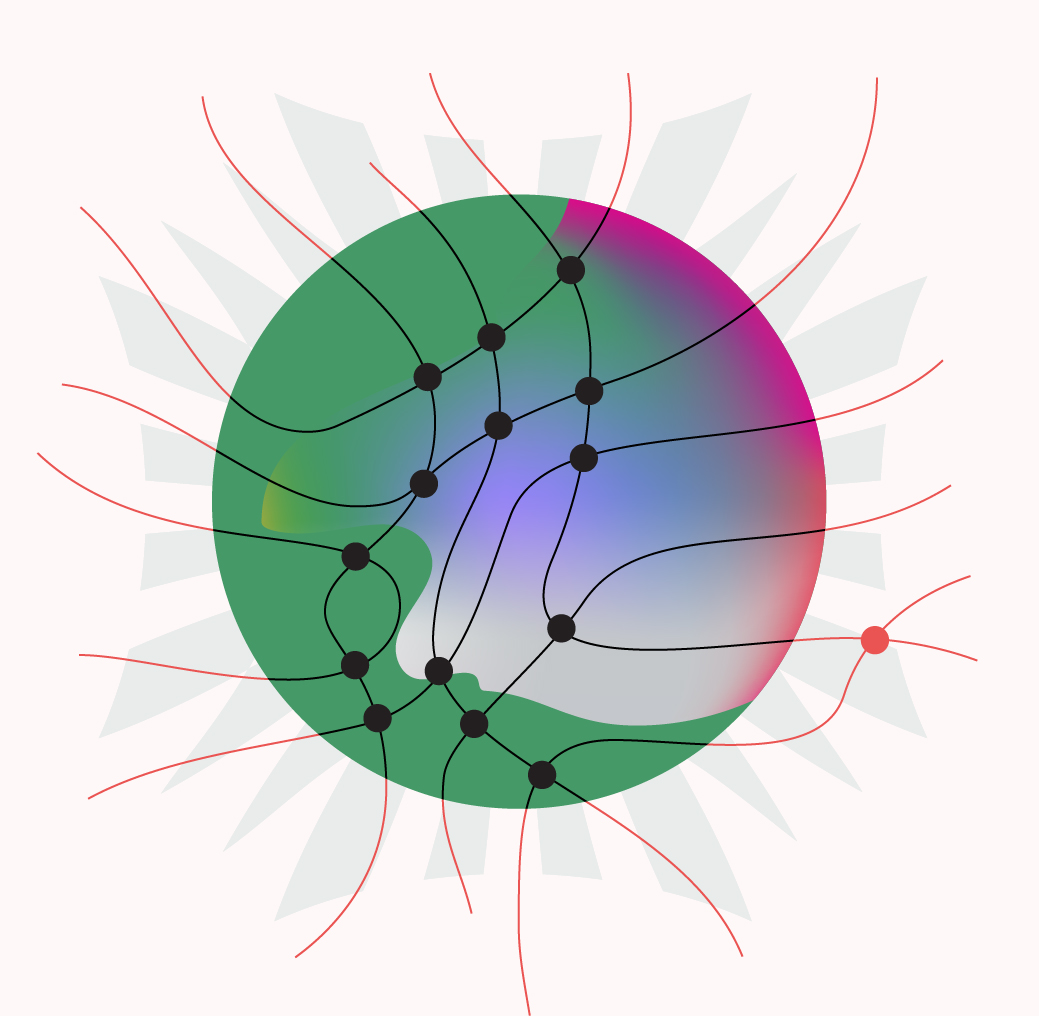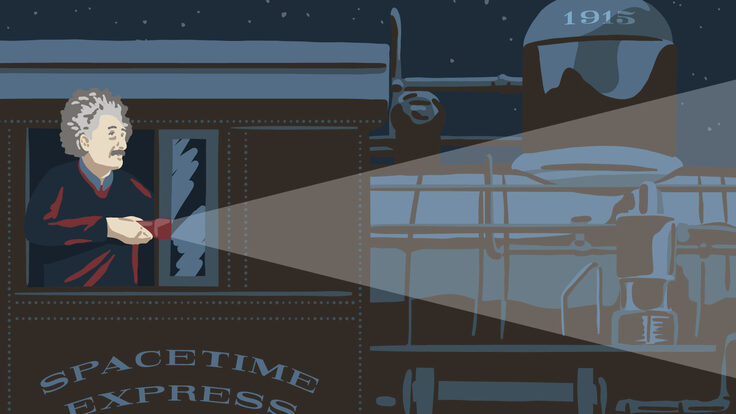The Standard Model is a thing of beauty. It is the most rigorous theory of particle physics, incredibly precise and accurate in its predictions. It mathematically lays out the 17 building blocks of nature: six quarks, six leptons, four force-carrier particles, and the Higgs boson. These are ruled by the electromagnetic, weak and strong forces.
“As for the question ‘What are we?’ the Standard Model has the answer,” says Saúl Ramos, a researcher at the National Autonomous University of Mexico (UNAM). “It tells us that every object in the universe is not independent, and that every particle is there for a reason.”
For the past 50 years such a system has allowed scientists to incorporate particle physics into a single equation that explains most of what we can see in the world around us.
Despite its great predictive power, however, the Standard Model fails to answer five crucial questions, which is why particle physicists know their work is far from done.
1. Why do neutrinos have mass?
Three of the Standard Model’s particles are different types of neutrinos. The Standard Model predicts that, like photons, neutrinos should have no mass.
However, scientists have found that the three neutrinos oscillate, or transform into one another, as they move. This feat is only possible because neutrinos are not massless after all.
“If we use the theories that we have today, we get the wrong answer,” says André de Gouvêa, a professor at Northwestern University.
The Standard Model got neutrinos wrong, but it remains to be seen just how wrong. After all, the masses neutrinos have are quite small.
Is that all the Standard Model missed, or is there more that we don’t know about neutrinos? Some experimental results have suggested, for example, that there might be a fourth type of neutrino called a sterile neutrino that we have yet to discover.
2. What is dark matter?
Scientists realized they were missing something when they noticed that galaxies were spinning much faster than they should be, based on the gravitational pull of their visible matter. They were spinning so fast that they should have torn themselves apart. Something we can’t see, which scientists have dubbed “dark matter,” must be giving additional mass—and hence gravitional pull—to these galaxies.
Dark matter is thought to make up 27 percent of the contents of the universe. But it is not included in the Standard Model.
Scientists are looking for ways to study this mysterious matter and identify its building blocks. If scientists could show that dark matter interacts in some way with normal matter, “we still would need a new model, but it would mean that new model and the Standard Model are connected,” says Andrea Albert, a researcher at the US Department of Energy’s SLAC National Laboratory who studies dark matter, among other things, at the High-Altitude Water Cherenkov Observatory in Mexico. “That would be a huge game changer.”
3. Why is there so much matter in the universe?
Whenever a particle of matter comes into being—for example, in a particle collision in the Large Hadron Collider or in the decay of another particle—normally its antimatter counterpart comes along for the ride. When equal matter and antimatter particles meet, they annihilate one another.
Scientists suppose that when the universe was formed in the Big Bang, matter and antimatter should have been produced in equal parts. However, some mechanism kept the matter and antimatter from their usual pattern of total destruction, and the universe around us is dominated by matter.
The Standard Model cannot explain the imbalance. Many different experiments are studying matter and antimatter in search of clues as to what tipped the scales.
4. Why is the expansion of the universe accelerating?
Before scientists were able to measure the expansion of our universe, they guessed that it had started out quickly after the Big Bang and then, over time, had begun to slow. So it came as a shock that, not only was the universe’s expansion not slowing down—it was actually speeding up.
The latest measurements by the Hubble Space Telescope and the European Space Agency observatory Gaia indicate that galaxies are moving away from us at 45 miles per second. That speed multiplies for each additional megaparsec, a distance of 3.2 million light years, relative to our position.
This rate is believed to come from an unexplained property of space-time called dark energy, which is pushing the universe apart. It is thought to make up around 68 percent of the energy in the universe. “That is something very fundamental that nobody could have anticipated just by looking at the Standard Model,” de Gouvêa says.
5. Is there a particle associated with the force of gravity?
The Standard Model was not designed to explain gravity. This fourth and weakest force of nature does not seem to have any impact on the subatomic interactions the Standard Model explains.
But theoretical physicists think a subatomic particle called a graviton might transmit gravity the same way particles called photons carry the electromagnetic force.
“After the existence of gravitational waves was confirmed by LIGO, we now ask: What is the smallest gravitational wave possible? This is pretty much like asking what a graviton is,” says Alberto Güijosa, a professor at the Institute of Nuclear Sciences at UNAM.
More to explore
These five mysteries are the big questions of physics in the 21st century, Ramos says. Yet, there are even more fundamental enigmas, he says: What is the source of space-time geometry? Where do particles get their spin? Why is the strong force so strong while the weak force is so weak?
There’s much left to explore, Güijosa says. “Even if we end up with a final and perfect theory of everything in our hands, we would still perform experiments in different situations in order to push its limits.”
“It is a very classic example of the scientific method in action,” Albert says. “With each answer come more questions; nothing is ever done.”


















